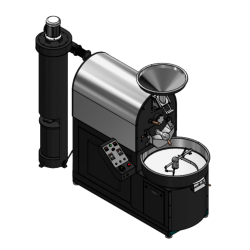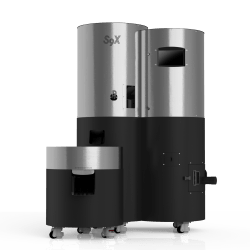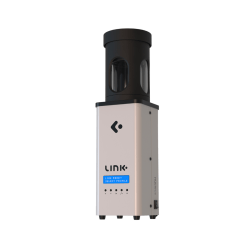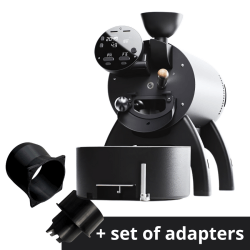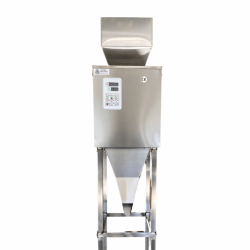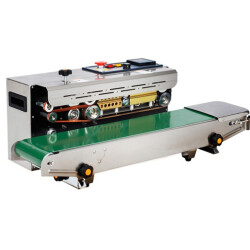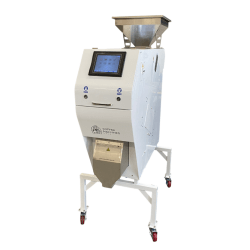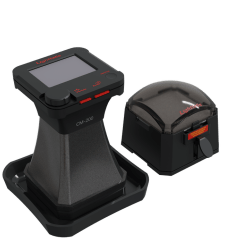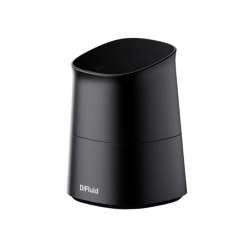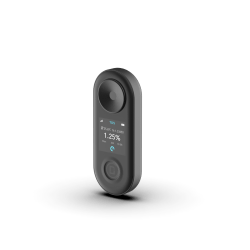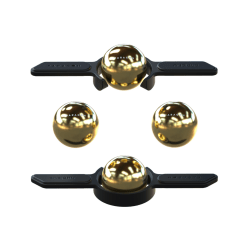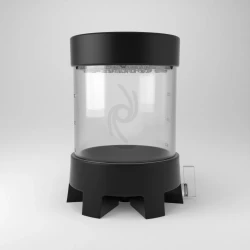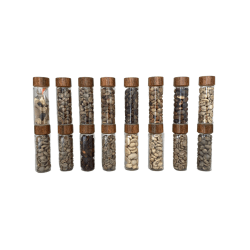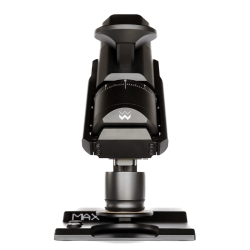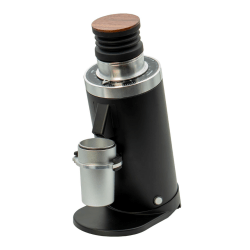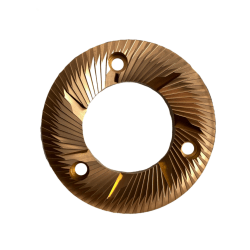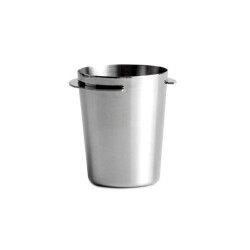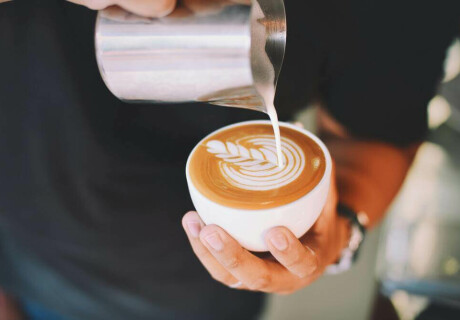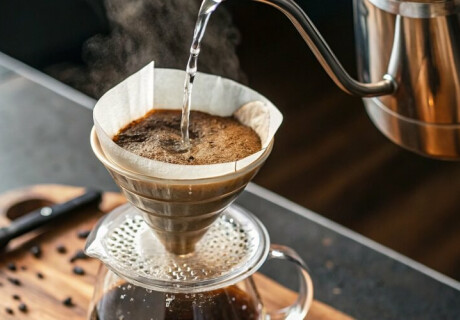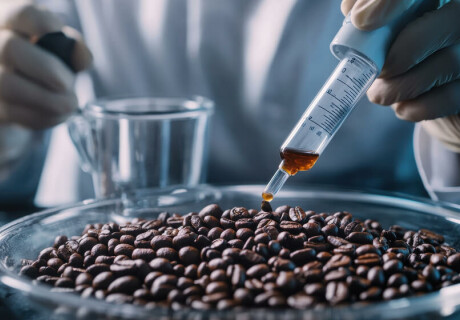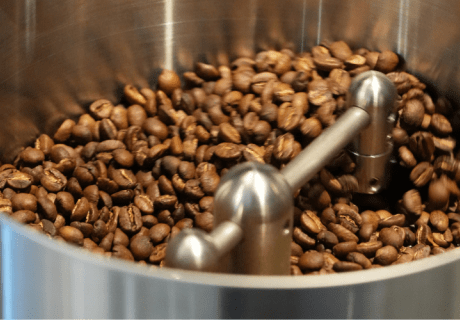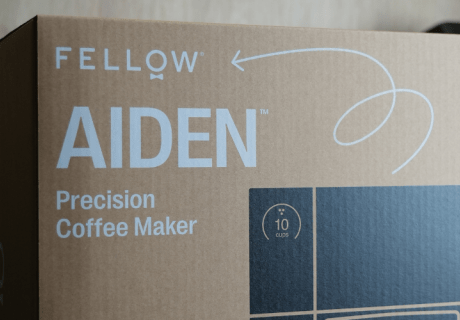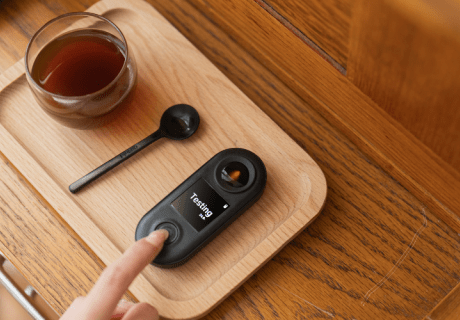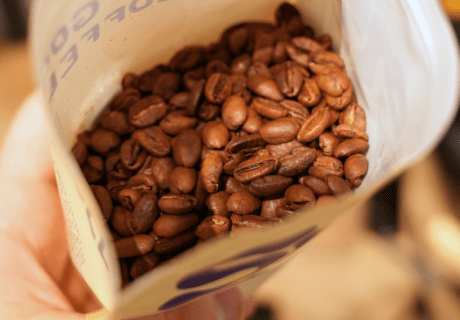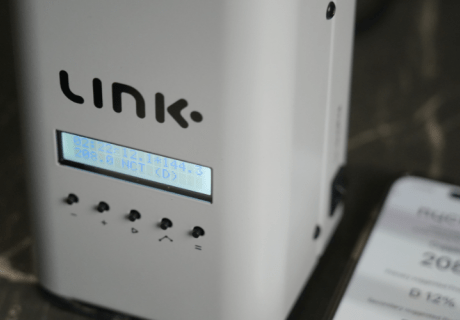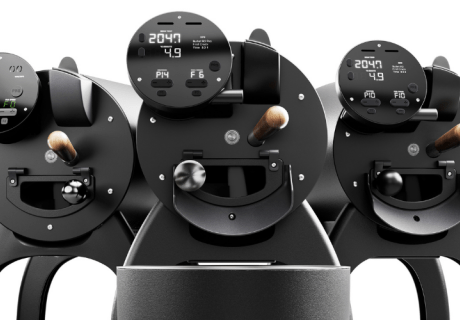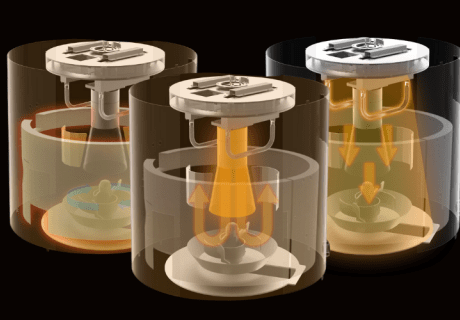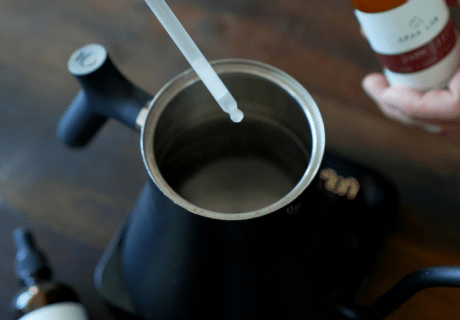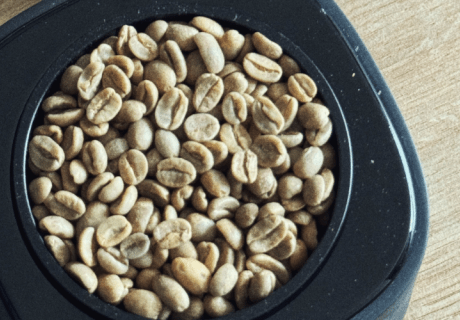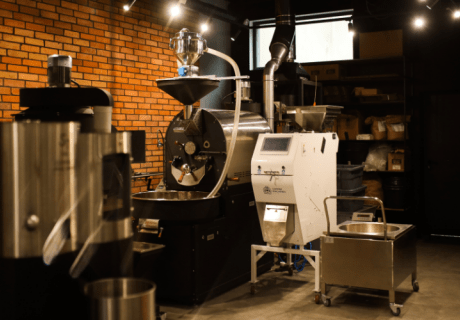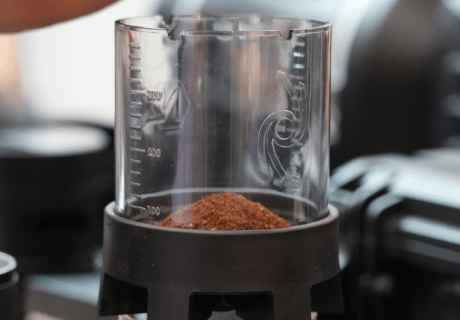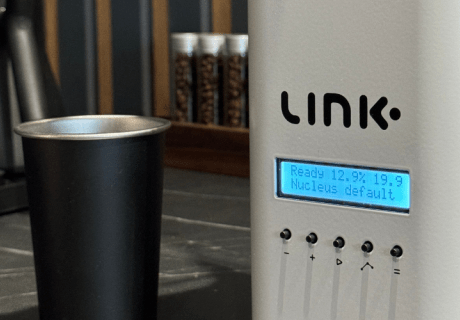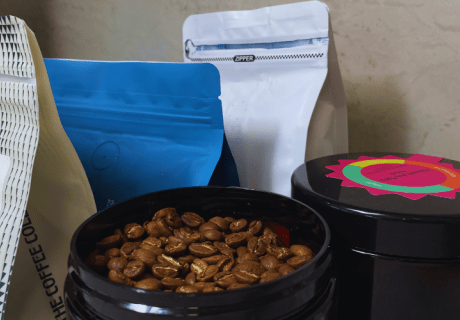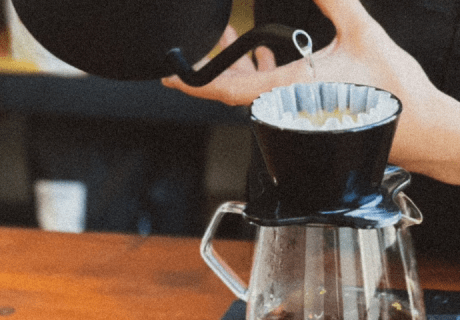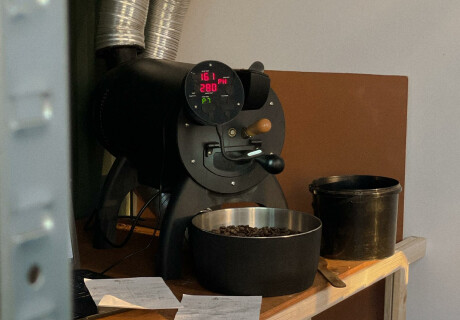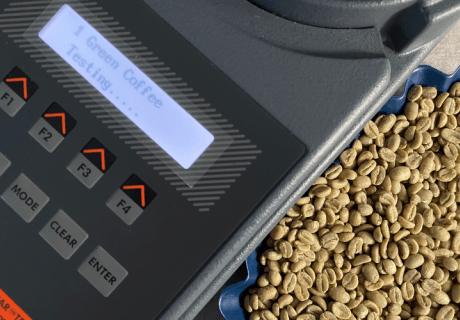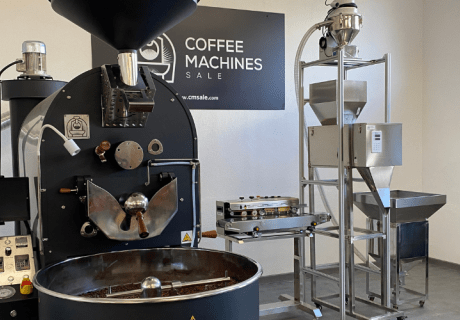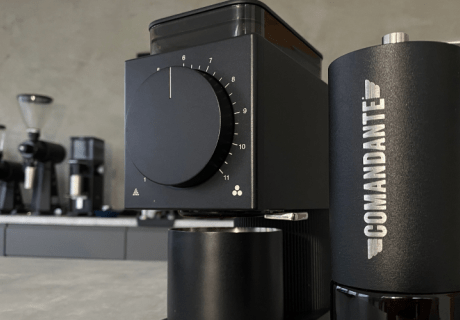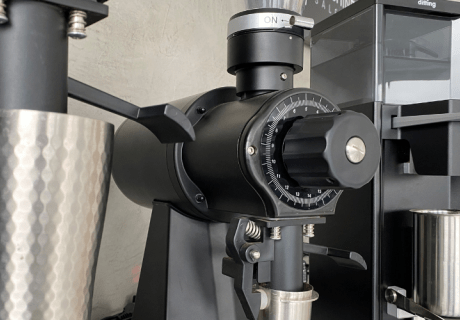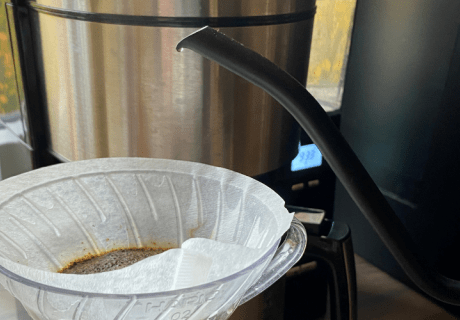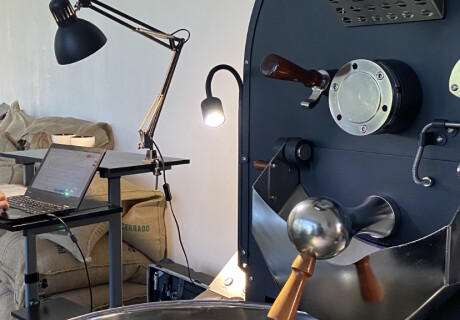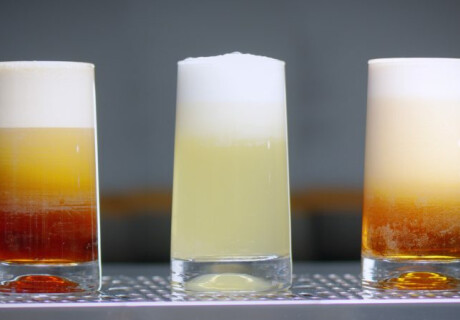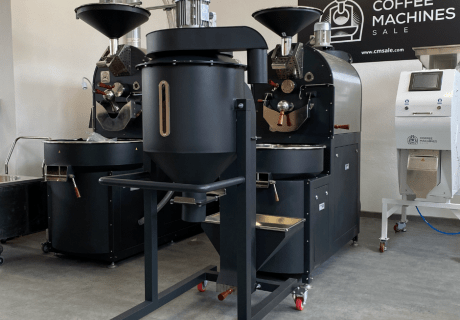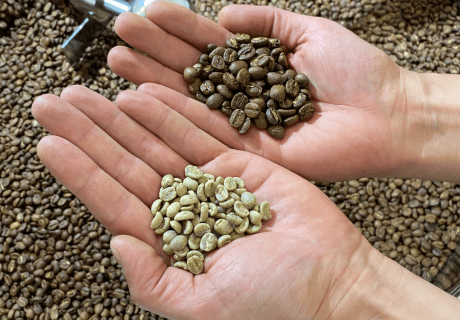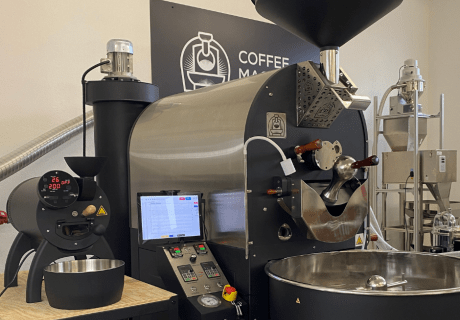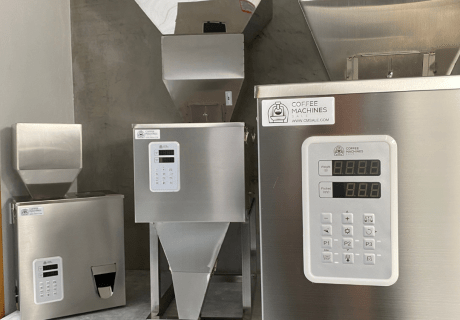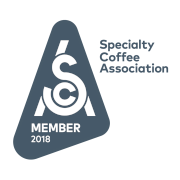How to Achieve Consistent Brew Quality in Your Coffee Shop
Brew consistency is essential for a successful coffee shop. Customers expect their coffee to taste the same every time, and achieving this requires attention to detail and commitment. In this article, we’ll discuss how to maintain brew consistency by focusing on main factors, setting clear procedures, and investing in quality equipment. These steps will help improve your coffee shop’s offerings and keep your customers satisfied.
Importance of Brew Consistency in Coffee Shops
For coffee lovers, there's nothing worse than getting a cup that doesn't taste the same every time. That's why keeping your brew consistent in your coffee shop is so important. When customers walk into a coffee shop, they seek an experience that satisfies not only their taste buds but also their expectations. A cup of coffee that tastes the same every time makes each visit enjoyable, building trust and reliability with customers. This is important for keeping customers happy because it guarantees they can count on your coffee shop to give them the same great flavors every time. Happy customers are more likely to share their positive experiences, bringing in new guests through word-of-mouth.
Consistently high brew quality builds trust and encourages customers to return, turning occasional visitors into loyal regulars. These regulars often become the backbone of a successful coffee business, providing steady revenue and long-term stability. Achieving this level of consistency depends not only on skill, but also on using reliable, high-quality brewing equipment. Tools like precision tampers, durable pitchers, and accurate scales—such as those offered in our selection—help ensure every cup meets the highest standards of flavor and presentation.
Factors Affecting Brew Consistency
Achieving brew consistency in your coffee shop requires understanding aspects like water quality. Since water makes up most of the coffee, impurities, minerals, and pH levels can affect its taste. Using reliable water filtration and purification systems is essential for maintaining quality. Also, the grind size plays an important role in determining the quality of your brew in the coffee shop. Too coarse a grind can lead to under-extraction and a weak flavor, while an overly fine grind might result in over-extraction, causing bitterness. Finding the right grind size for each brewing method is essential to achieving the desired flavor. Brewing time is just as important—small changes can affect taste.
Equipment maintenance is very important for maintaining brew consistency. Regular cleaning and servicing of coffee machines, grinders, and tools help prevent issues that can affect the brewing process. Regular checks and calibrations keep equipment running fluidly, making sure every cup meets your standards. It's also important to monitor and adjust for factors like environmental changes or equipment wear. By continually fine-tuning the brewing process, coffee shops can maintain high brew quality and meet customer expectations every time. This attention to detail builds customer trust and satisfaction.
Implementing Standard Operating Procedures
SOPs serve as the blueprint for all brewing activities, ensuring that each staff member adheres to the same high standards and methods, which is central for maintaining the brew quality in every coffee shop. By crafting detailed brewing guidelines, coffee shops can set clear expectations regarding every aspect of the brewing process, from the precise measurement of coffee and water ratios to the exact brewing times and temperatures. These comprehensive procedures help eliminate variability in the brewing method, making sure that every cup of coffee meets the shop's quality standards and customer expectations.
By routinely evaluating and refining SOPs, coffee shops can effectively identify and resolve inconsistencies in the brewing process. Clear, up-to-date procedures help maintain brew consistency, ensuring that each cup meets the same high standard regardless of who prepares it. This structured approach allows teams to stay aligned on the key variables that affect brew quality, such as grind size, water ratio, and extraction time. A strong focus on SOPs creates a foundation for delivering reliable, high-quality coffee, reinforcing the shop’s reputation and keeping customers coming back for a consistently excellent experience.
Choosing the Right Equipment
High-quality coffee equipment is designed to deliver precise water temperature control, consistent pressure, and even extraction, which are essential for maintaining the desired flavor profile. Investing in robust, reliable equipment guarantees that variations in the brewing process are minimized, providing a stable platform upon which baristas can build a consistently great coffee experience. Yet, selecting the right equipment is not enough; maintaining and regularly calibrating these machines is equally important. Calibrations certify that each piece of equipment functions at its optimal capacity, producing the exact specifications needed for brew consistency. Regular maintenance also prevents unexpected breakdowns, which can disrupt operations and negatively impact the brew quality in your coffee shop.
Also, having a maintenance schedule helps in identifying potential issues before they become significant problems. Baristas should be trained not only in the art of brewing but also in the technical aspects of equipment handling, making sure they understand how to perform basic checks and report any irregularities. This proactive approach to equipment management stresses a commitment to quality control, fostering a culture of excellence that resonates throughout the coffee shop. By prioritizing the right equipment and its upkeep, coffee shop owners can significantly improve brew consistency and guarantee that every customer enjoys the same high standard of coffee each time they visit.
Monitoring and Feedback Systems
Monitoring and feedback systems allow coffee shop owners and managers to track and evaluate the quality and brew consistency, making sure that every cup meets the established standards. One helpful way to assess it, is by conducting regular taste tests, where baristas and managers sample the coffee to detect any variations in flavor or aroma. This practice can help identify inconsistencies early, allowing for immediate corrective action. Also, incorporating customer feedback into the quality control process provides valuable insights into consumer preferences and satisfaction levels. By actively seeking and analyzing customer reviews, business owners can adjust their brewing techniques, to improve the overall brew quality in their coffee shops.
Creating an open environment where staff feels comfortable sharing their observations and suggestions can lead to innovative solutions that improve brew consistency. Regularly scheduled meetings to discuss brewing results, equipment performance, and customer feedback can help keep everyone aligned toward the goal of delivering exceptional coffee shop brew quality. Implementing comprehensive monitoring and feedback systems not only increases the quality and consistency of your coffee but also builds a culture of continuous improvement, making sure that your coffee shop remains a leader in delivering a consistently excellent coffee experience.

